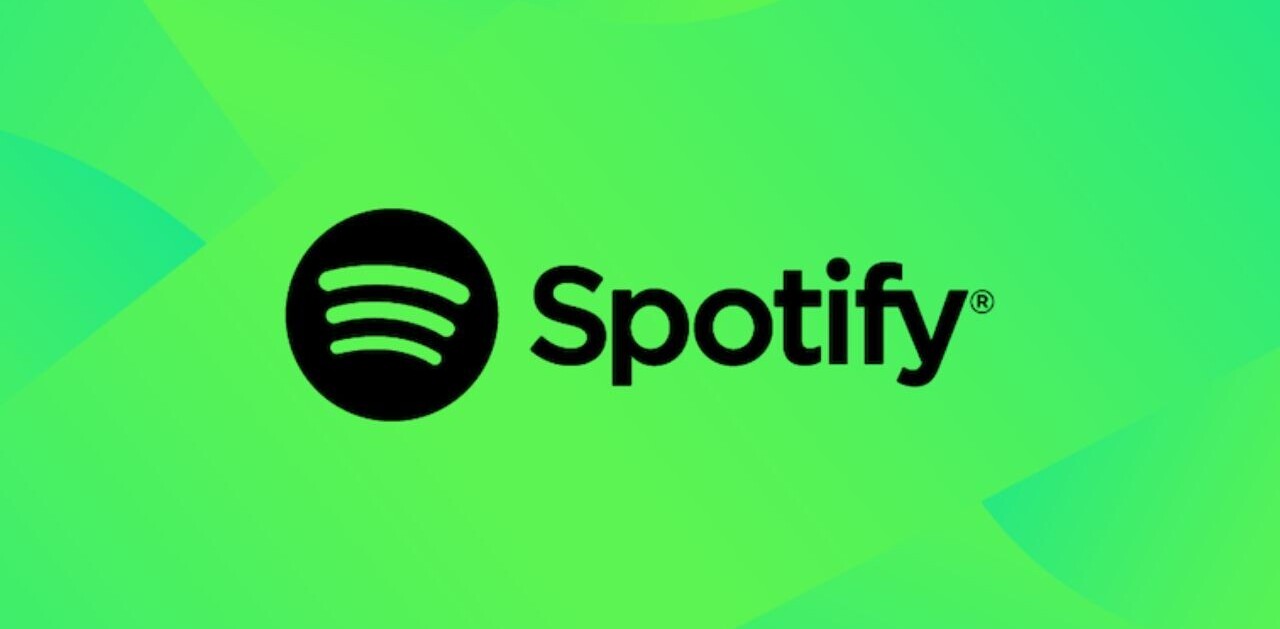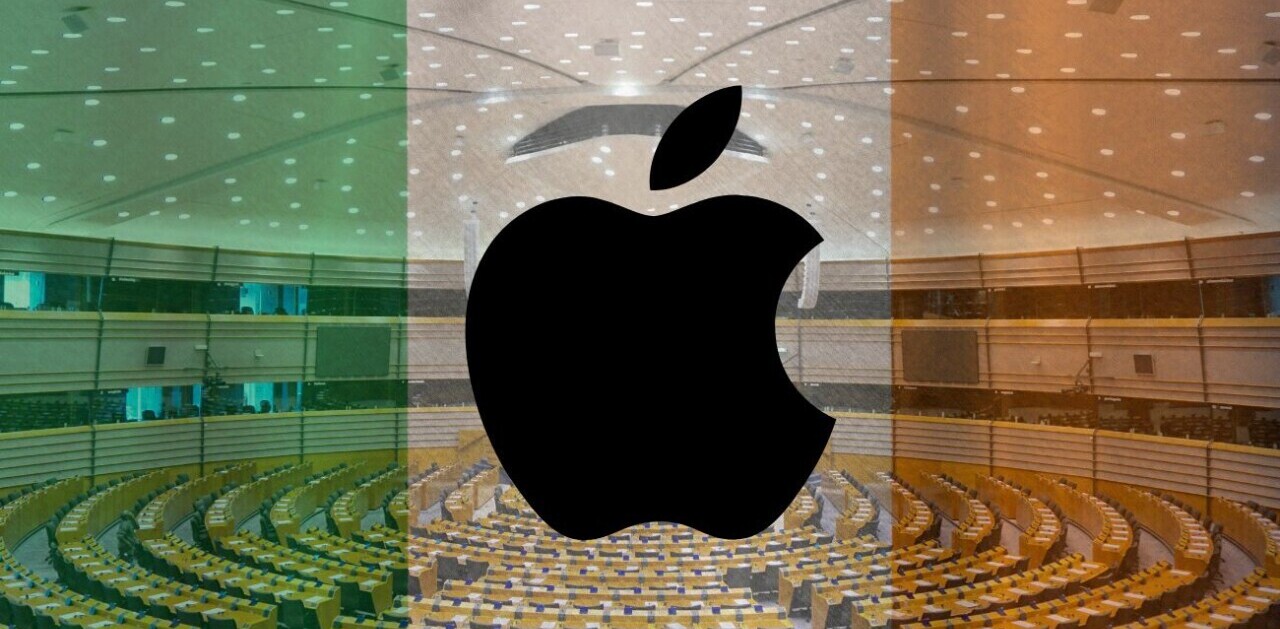
Today, the MLB announced that it would be launching support for Apple’s Passbook with four ball clubs: The New York Mets, San Francisco Giants, Boston Red Sox and Kansas City Royals. I had a chance to roll out to AT&T Park in San Francisco today to try the experience out and chat with the MLB about getting Passbook up and running.
The partnership to issue Passbook ticketing is executed through Tickets.com, who is owned by MLB.com, so that makes a tidy package. Interestingly enough, Tickets.com SVP of Client and Consumer Services John Rizzi told me that there is no rule that the ball clubs have to use them as a provider, and they only serve about half of the business, with Ticketmaster snagging the other half.
“We’re pretty pleased to be getting support for Passbook out before TM,” Rizzi says. The implementation was smooth on their end too, with the tech teams getting the logistics of issuing the passes through their normal online ticket flow and redeeming those tickets at the park up and running fairly quickly.


As far as the experience goes, it was smooth for me. I received an email from Tickets.com with a confirmation of ticket purchase and the pass was loaded to Passbook at a tap. When at the park, it was redeemed by a ticket taker with a special scanner.
The passes will note when you’re near the park.
The scanners, which are the 2D camera-type needed to scan the QR-like codes Apple uses, were attached to printers which popped out a stub after the fact. The stub can be used to verify entry at any point during your stay at the park. Rizzi notes that some parks have even been interested in using that paper stub as an opportunity to offer discounts or place advertising.

The four teams that are offering the tickets will be doing it for the rest of the regular games this season. More parks will be ont he way next season, as they’re using this as a time to test rollout.
I talked to Chad Evans, SVP of Mobile Product development at MLB.com about how difficult it was to execute Apple’s Passbook system. They got access to Passbook, Evans told me, about six months ago, just before Apple’s WWDC conference. They were a part of the on-stage Passbook demo of course, but then Evans said he was able to work with Apple to get the systems in place.
The process was fairly painless to get going, but there are still many pieces of logistics to work out. The passes work painlessly on a single-ticket level, and Apple has built in support for multiple tickets to the same event (they scroll sideways), but some things might still trip up new users. The ‘notification’, for instance, that you see when you near your time or venue looks a lot like a push notification, but it cannot be cleared.
This is to ensure, Evans says, that the the tickets are always at attendees fingertips so that they’re not hunting around in their phone for their passes. Swiping the notification will launch a Passbook pass even if the phone is locked, so they don’t even have to fumble with that. Evans notes that the passes cannot be changed in any way when launched like that.
The logistics are handled separately for each park, and they visited every one of the ones that are launching so far in person to vet the systems.
At this point, there is nowhere to go but up for mobile ticketing, and Apple’s Passbook could be the key to making it a viable alternative for buyers. Rizzi says that the number of tickets being sold through mobile ticketing methods is “too few to be of any significance.” He cites the delivery methods and awkward flow of delivering barcodes via SMS and email and other means as keeping people away from adopting it.
Any time Apple supports a technology, says Rizzi the adoption is going to be enormous. And they feel that Passbook might just be able to get people interested in mobile ticketing through a streamlined and pleasant experience.
Get the TNW newsletter
Get the most important tech news in your inbox each week.





